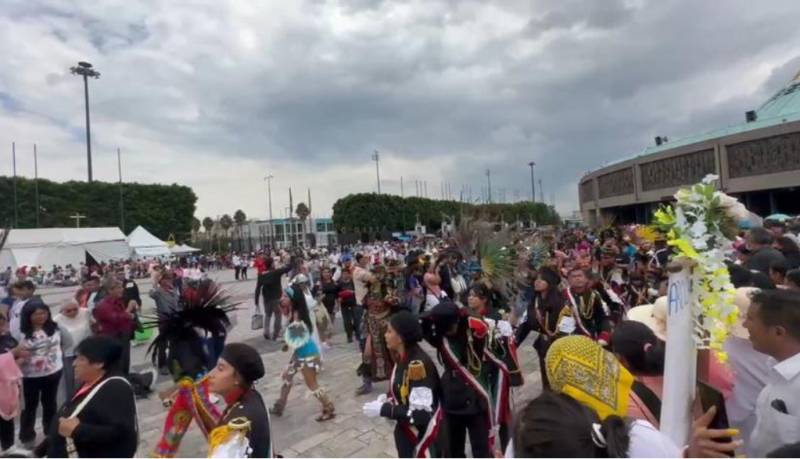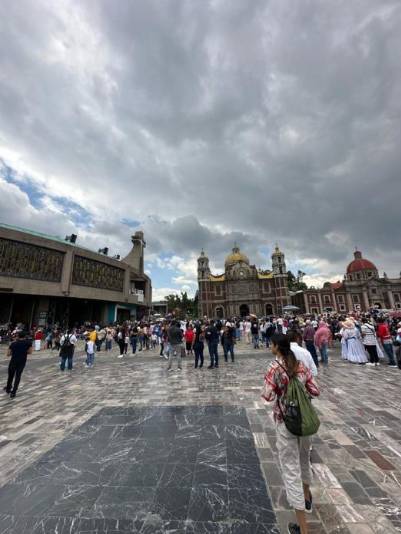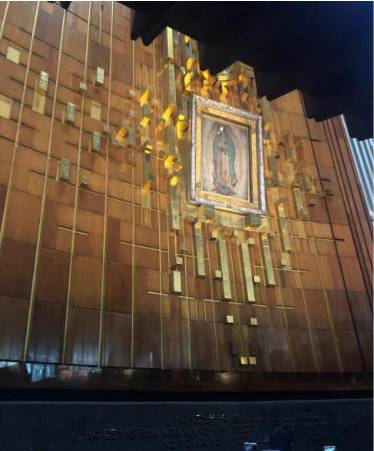I ran to the plaza in front of the Basilica of Guadalupe, my eyes fixated on the dazzling procession before me. Of all the times that I have been mesmerized by a parade, this one easily topped the list. I did not pretend to understand the significance of the rituals right then; I was more confused about the inclusion of a pre-Hispanic dance into – what seemed like – a Catholic gathering. Having read about Christianity absorbing into its fabric local traditions and customs, I assumed this was a similar scenario. Mexicans have very distinct cultural flavours, and are not ones to shy away from expression. I rejoiced in the hues and paints spread across the city, the organic nature of life weaving through neighbourhoods built on older historical markers, so remarkably different to American standards.
Known to be where the Virgin appeared to the local Juan Diego, the existing basilica was built numerous times. The Old Basilica was constructed on top of an older church from the 16th century, whereas the New Basilica was designed to be built nearby later on, when the older building was declared unsafe due to its foundations sinking into the ground. The original image of the Virgin is in the New Basilica, where one can stand on a moving platform to view it. Due to security incidents, one of them involving a bomb, the authorities try and keep people continuously moving, so as to not give any one person enough stationary time to stir up unwanted mischief.
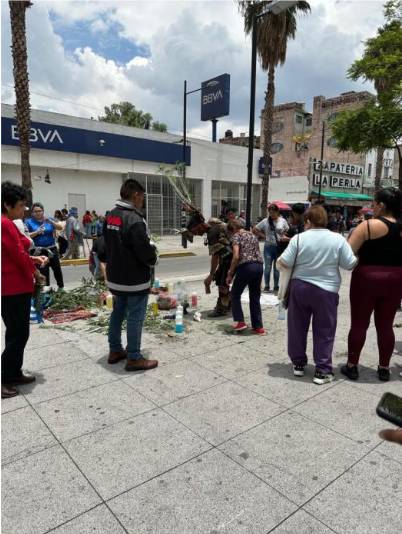
The basilica stands at the same place as an ancient temple to the goddess Tonantzin. The temple was destroyed after the Spaniards conquered Mexico – however, the spirit of the place lived on through the Virgin. A manifestation of Mother Earth, Tonantzin was believed to hold the power of life, and also decided on the length of each life bestowed. The destruction of her temple angered the Aztecs. I assume the Catholics reviewed the circumstances and got lucky with Juan Diego – they needed a way they could keep the locals on their side, and christening the goddess must have been the best answer. The Virgin spoke to him in Nahuatl, an Aztec language, and convinced him of her truth.
Stories such as these ones hold a lot of spiritual value, even if they seem to incorporate coincidences that might not hold the same kind of weight when viewed from the inside. However, when coupled with other rituals still practiced (even if they are now updated versions to how they used to be), such as the continued performances of pre-Hispanic rituals and the conchera cleansing rites, I presumed finding religious anti-cultural sentiment would be easy enough. I wasn’t wrong – there are websites where people debate over how appropriate it is to keep these dances, etc. as a part of religious Mexican culture, and how those who participate in these are in need of being saved from the depths of hell.
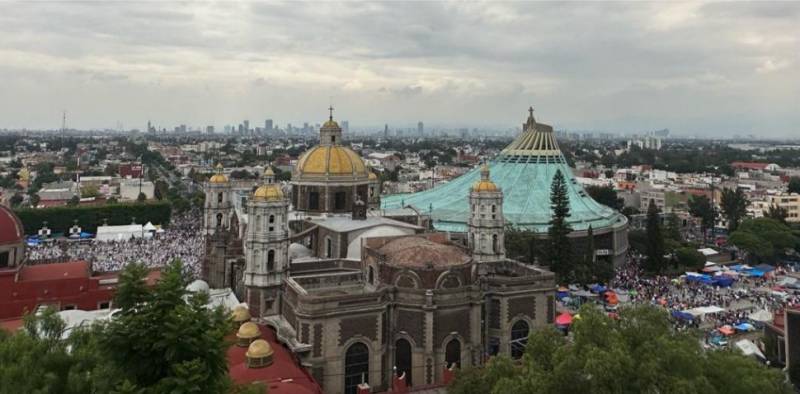
Somewhat similar to how Islam views South Asian culture today. Except maybe not similar at all – Christianity had no other option but to adopt local customs. That’s how it spread so widely in the first place. Islam had already established itself in the Middle East when it rolled out to South Asia, where it needed to mould itself into the societal cultures prevalent. That’s why we have stories about people such as Data Ali Hajvery Sahib, who converted many locals to Islam, despite also being a venerated holy man for the Hindus. It is why the wearing of the hijab was never a part of the law, and women could choose the manner of their hijab through traditional clothing. However, that’s not the way Islam turned out to be. With more Muslims associating their practices with an increasingly Middle Eastern manner of display, many individuals began the process of a South Asian dissociation, whereby anything linked to a potential shared or Hindu-only background was termed sinful to indulge oneself in.
I do not aim to dissect Islamic practices then and now. But I wonder whether our growing obsession with an alienating form of life might not be getting in the way of our actually practicing religious values – would it be so bad to participate in a dance or two occasionally, if it would help foster community? How is a celebration a threat to an omnipotent, ever-present God? The masses of people present at the basilica seemed quite at peace with their spirituality.
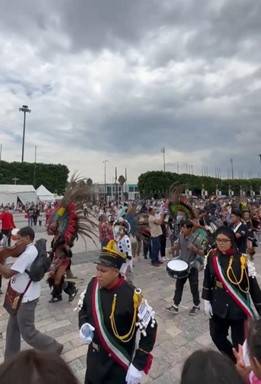
However, my article is not an attack on the way we practice religion. It is more an observation about the various ways in which culture and religion mix, and how that affects people living in those particular cultures. And since I am foremost an architect, I paid close attention to the way their older buildings had been reused – a lot of them in good shape, and many hosting not only local brands but also foreign ones. I wonder if maybe instead of lumping buildings into Hindu, Sikh, and Muslim architectural forms, we could make use of their historical significance and the stylistic differences to incorporate uses that would appeal to a greater public. Instead of leaving Anarkali to only local vendors and chai khokhay, maybe reserving a few places for a more international commercial exposure would work to a greater public advantage. Pak Tea House, once the centre of so much activity, is now the architectural equivalent of an old, disgruntled lady sitting on her porch swing and mourning her days gone by.
Is living in the US making me more open to commercial gentrification? That could be it. I am not ignorant to the reality of ousting locals and sabotaging their businesses when upliftment strategies are physically implemented. I believe we could find a mix – maybe that could bring back the Saddar experience to shopping again as opposed to only going to closed malls. Malls that have been targeted for their controversial setting – I’m looking at you, Emporium. Instead of creating a greater gap between us and them ideologies, we could centre and find common ground.
A lot of Mexico City looked like Pakistan in Spanish to me, but I’d be very irrational if I didn’t sigh and think about how Pakistan is not even slightly as developed as Mexico City is. Where do we keep going wrong? With a population density greater than ours, Mexico City has still managed to retain its own character while simultaneously improving development. For many, the name of the city might only recall mafia movies and gang wars, but in reality, it has so much more to offer. It’s a shame we can’t say that about ourselves anymore – even though we have examples of countries doing it all. All the work done to restore and conserve our culture and our architecture now lives on a thin line – will we make it across?


